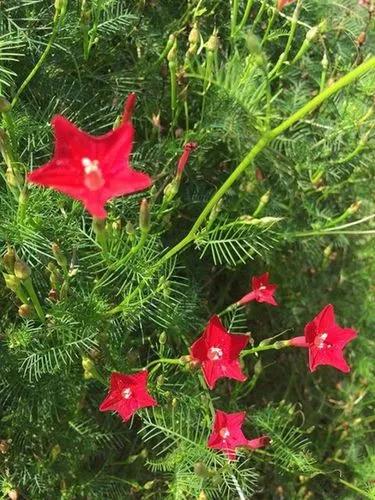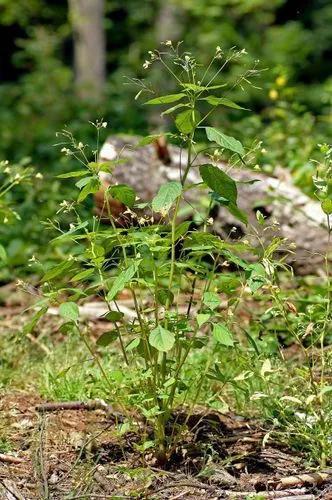If you're trying to spot Sweet Marjoram out in the wild, keep an eye out for a petite plant with oval-shaped leaves and dainty white or pink flowers. Give those leaves a good squish and see if they release a sweet or woody scent. This herb happens to be a popular seasoning, especially beloved in Middle Eastern culinary circles.
Sweet Marjoram Care
Origanum majorana



Belonging to the mint family, Sweet Marjoram stands as a perennial herb with its roots entrenched in the Mediterranean region, commonly growing to a modest height of 12-24 inches (30-60 cm). During the summer, it bursts forth with small, white, or pink blooms. Not just a tasty addition to meals, Sweet Marjoram boasts a reputation for its medicinal properties and anti-inflammatory abilities that work wonders in easing muscle and joint soreness. Its antimicrobial prowess also provides protection against bacterial, fungal, and viral invaders. Furthermore, it serves as a rich source of antioxidants, those nifty compounds that shield the body from the havoc wreaked by free radicals. It's often confused with its look-alike cousin, Oregano, which packs a punch with its stronger, more piquant flavor. Sweet Marjoram, on the other hand, rocks a softer texture and smaller leaves.
How to Care for the Plant

Water

Keep soil constantly moist, but do not waterlog it. Wait until the top inch (2.5 cm) of the soil is dry before watering again.

Pruning

Prune regularly to maintain its shape and encourage bushier growth. Remove any dead or yellowing leaves. This helps promote the production of essential oils, which gives Marjoram its characteristic flavor and aroma.

Fertilizer

Use a balanced, water-soluble fertilizer every 4-6 weeks during the growth period (spring). It's not advised to fertilize during the dormant period, from fall through winter. Follow the instructions on the fertilizer package for dosage and application.

Sunlight

Sweet Marjoram thrives best in full sunlight, reveling in at least 6 hours of direct exposure to those golden rays each day. It can manage in light shade, too, just in case your spot doesn't boast nonstop sunshine.

Soil

Sweet Marjoram prefers well-drained soil with a slightly alkaline pH of around 7.0. Use a good-quality potting mix or garden soil rich in organic with coarse sand or perlite to improve drainage.

Propagation

The first method is to snip a healthy stem around 4-6 inches (10-15 cm) during the summer and trim off the leaves (optionally, dip the cut end into rooting hormone powder to boost root growth). Afterward, place the cutting in a container filled with well-draining, moist soil. Place it in a warm, bright spot that avoids direct sunlight, and after roughly a month, you should notice roots sprouting – that's the time to replant in a larger pot.
The second one is called layering. It's where you take a stem from the parent plant, bend it down, and cover it with soil. After you let the stem remain in this position, it'll root, at which point you can separate it and plant it in its own pot.

Temperature

It can tolerate temperatures as low as 20°F (-6°C), but it prefers temperatures between 60-70°F (15-20°C). Indoors, it should be kept in a room with temperatures between these temperatures. Avoid overexposure to high temperatures and keep low humidity.

Container

Can be planted in a variety of container types, as long as they have good drainage. Choose a container that is the appropriate size for the plant.

Fun fact

Back in Ancient Greece, sipping on Marjoram tea was thought to bring heaps of good luck and fortune.

Popularity

2,267 people already have this plant 397 people have added this plant to their wishlists
Discover more plants with the list below
Popular articles






